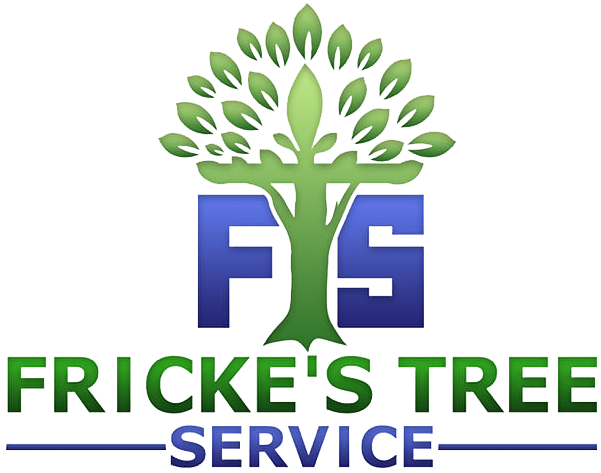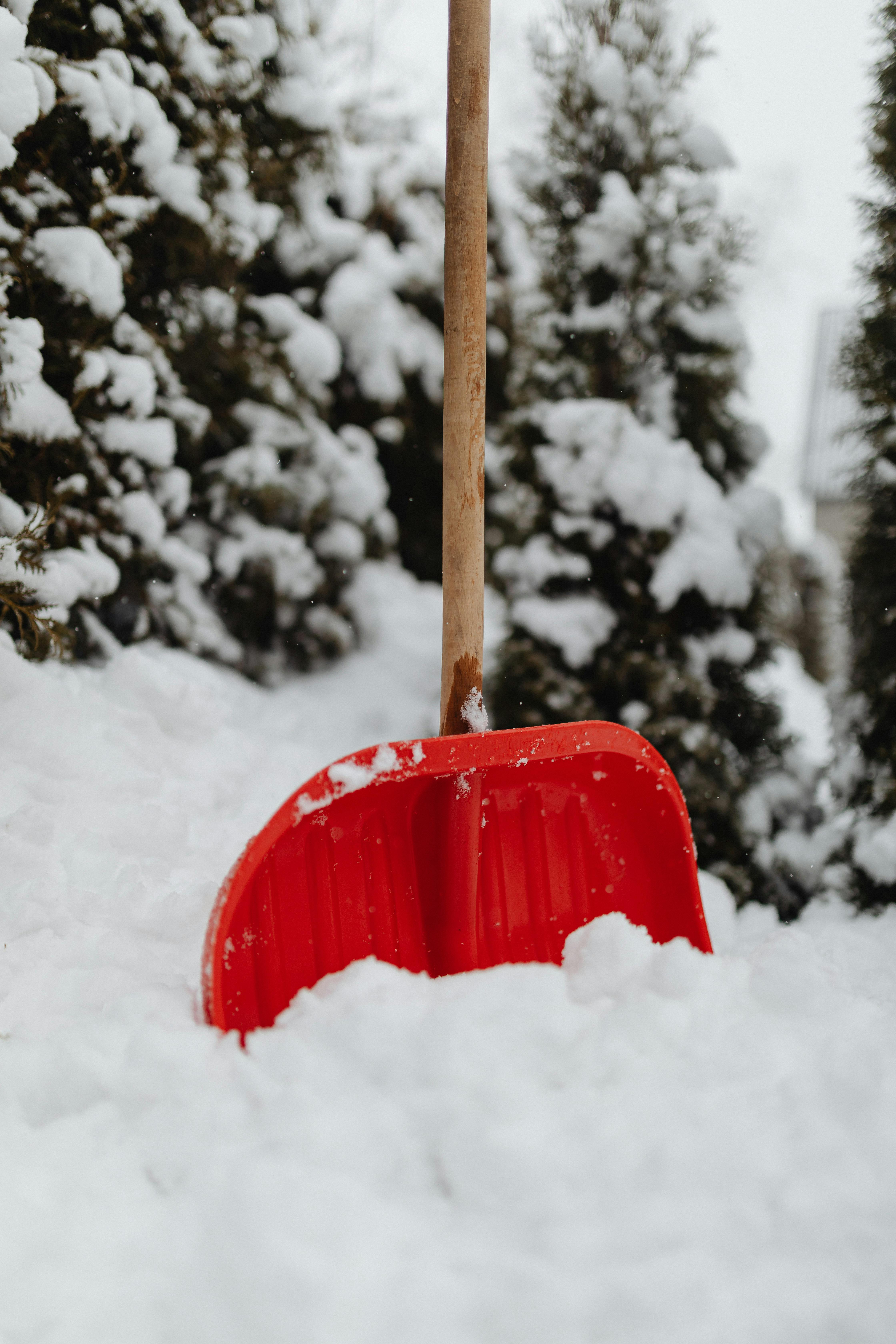Fricke's Tree Service
How to Handle a Fallen Tree with Care
What to Do If You Have a Downed Tree
Understanding the Risks of a Downed Tree
When a tree falls, it can pose significant risks to your property, safety, and the surrounding environment. Whether due to severe weather, disease, or age, knowing how to handle a downed tree is crucial. This guide will walk you through the steps to take when faced with this situation, ensuring that you are well-prepared to manage the aftermath of such an event.Assessing the Situation
Before taking any action, it’s essential to assess the situation carefully. Here are some key points to consider:- Location: Determine where the tree has fallen. Is it on your property, a neighbor's, or blocking a road? Understanding the location will help you decide the next steps.
- Damage: Check for any damage to structures, vehicles, or power lines. Documenting this damage is important for insurance claims and safety assessments.
- Safety: Ensure that the area is safe. Look for hazards such as exposed wires, unstable branches, or any other potential dangers that could cause injury.
Immediate Actions to Take
Once you have assessed the situation, follow these immediate steps to ensure safety and proper handling of the downed tree:- Stay Away: Keep a safe distance from the downed tree, especially if it’s near power lines. Do not attempt to approach the tree until you are certain it is safe.
- Call for Help: If the tree is on power lines or poses a danger, contact your local utility company or emergency services immediately. They have the expertise to handle such situations safely.
- Notify Neighbors: If the tree affects your neighbors, inform them about the situation. Communication is key to ensuring everyone's safety and awareness of potential hazards.
Documenting the Damage
It’s important to document the damage for insurance purposes. Here’s how to do it effectively to ensure you have all necessary information:- Take Photos: Capture clear images of the downed tree, any damage caused, and the surrounding area. These photos will serve as evidence for your insurance claim.
- Make Notes: Write down the time and date of the incident, as well as any relevant details. This information can be crucial when discussing the situation with your insurance company.
- Contact Your Insurance: Notify your insurance company about the incident as soon as possible. Provide them with the documentation you have gathered to expedite the claims process.
Removing the Tree
Deciding whether to remove the tree yourself or hire a professional depends on several factors, including the size of the tree and your level of experience:DIY Tree Removal
If you choose to remove the tree yourself, consider the following important factors:- Tools Needed: Ensure you have the right tools, such as a chainsaw, axe, and safety gear. Having the proper equipment is essential for a safe removal process.
- Safety First: Always wear protective gear, including gloves, goggles, and a hard hat. Safety should be your top priority when handling heavy equipment and cutting down trees.
- Cutting Technique: Learn proper cutting techniques to avoid injury and ensure safety. If you are inexperienced, it may be wise to consult resources or professionals before proceeding.
Hiring a Professional
In many cases, hiring a professional tree removal service is the safest option. Here’s why you might consider this route:- Expertise: Professionals have the training and experience to handle complex situations, including large or hazardous trees. Their expertise can save you time and potential injury.
- Safety: They are equipped to deal with hazardous conditions, such as trees near power lines or in precarious positions. Professionals know how to manage these risks effectively.
- Insurance: Reputable services carry insurance, protecting you from liability in case of accidents during the removal process. This can provide peace of mind as you navigate the situation.
Dealing with the Aftermath
After the tree has been removed, there are several steps to take to restore your property and ensure safety:- Clean Up: Remove debris and branches from your property. This will help prevent accidents and restore the area to a safe condition.
- Assess the Ground: Check for any damage to the soil or surrounding plants. Understanding the impact on your landscape can help you plan for recovery.
- Consider Stump Removal: Decide whether to remove the stump or leave it in place. Stump removal can be a labor-intensive process, but it may be necessary for future landscaping plans.
Preventing Future Incidents
To avoid future tree-related issues, consider these preventive measures that can help maintain the health of your trees and the safety of your property:- Regular Inspections: Have trees on your property inspected regularly for signs of disease or instability. Early detection can prevent larger issues down the line.
- Proper Maintenance: Prune trees to promote healthy growth and remove dead branches. Regular maintenance can enhance the longevity and stability of your trees.
- Plant Wisely: Choose tree species that are suitable for your area and plant them away from structures. Proper planning can reduce the risk of future tree falls.
Conclusion
Dealing with a downed tree can be overwhelming, but knowing the right steps to take can make the process easier and safer. Always prioritize safety, document the damage, and consider professional help when necessary. For more information or to request an estimate for tree removal services, please visit Frick's Tree Service. Taking proactive measures can help you manage your landscape effectively and prevent future incidents.RECENT POSTS
Interested in Our Services?
Get in touch today to discuss your next project and we will happy to answer any questions and provide you with a no-obligation FREE Estimate.
Contact Details
Address: 427 Pleasant Oaks Trl, Osteen, FL 32764, United States of America
Phone: (321) 240-5613
Email: jonfric@yahoo.com
Quick Links
Contact Details
Address: 427 Pleasant Oaks Trl, Osteen, FL 32764, United States of America
Phone: (321) 240-5613
Email: jonfric@yahoo.com







